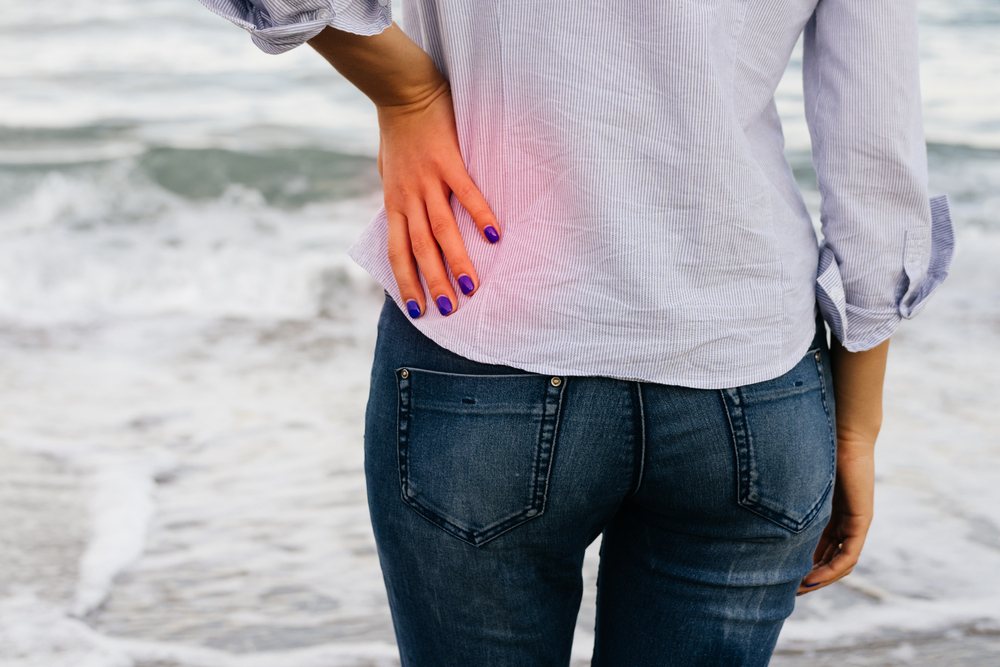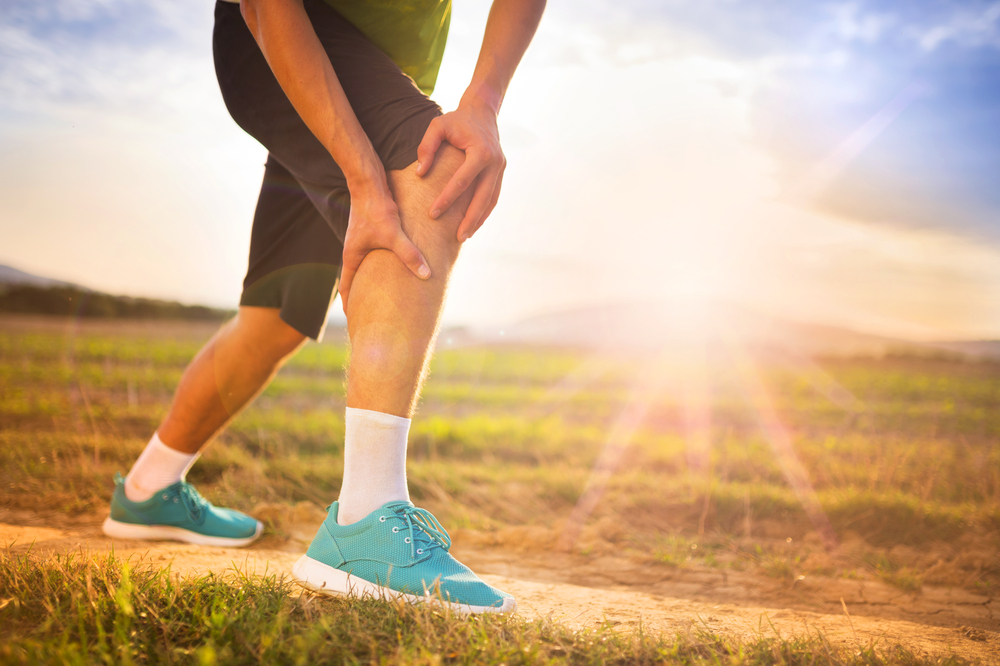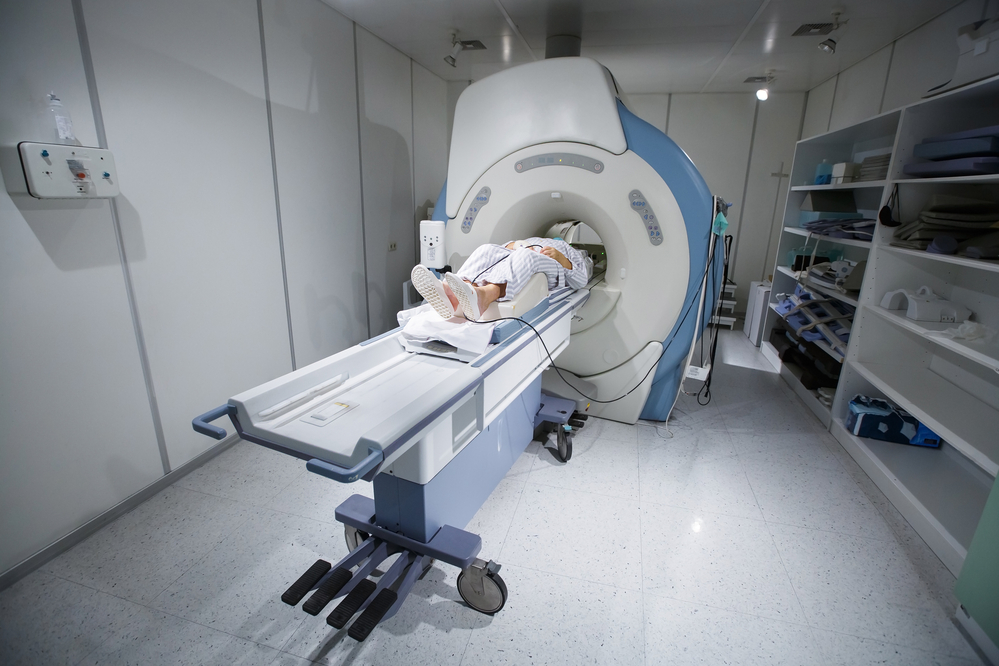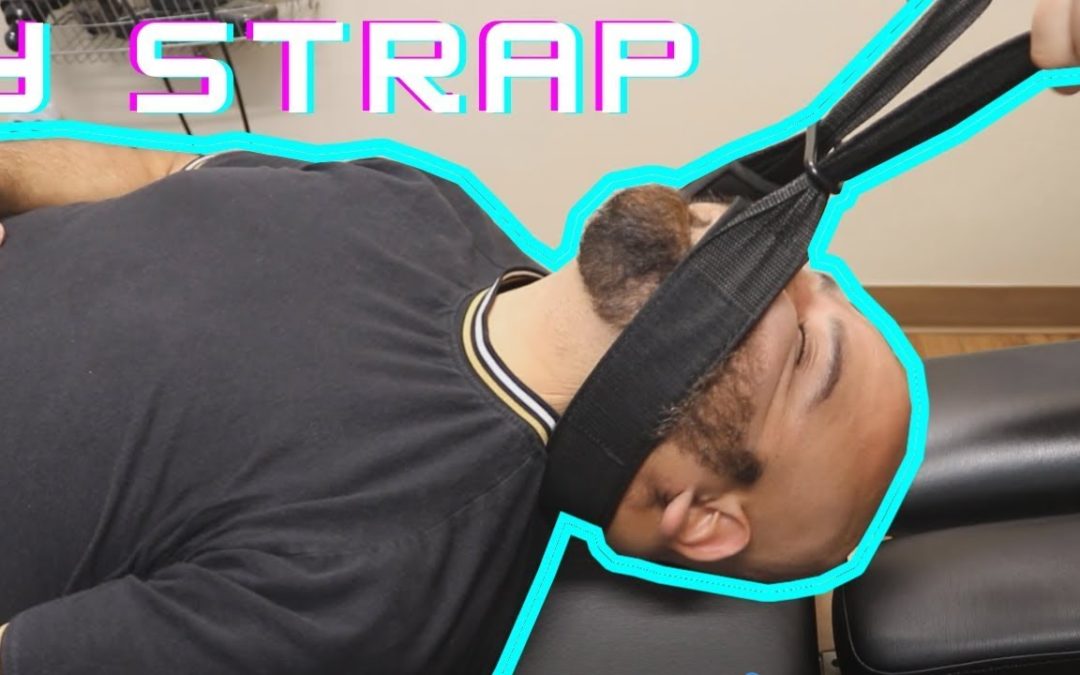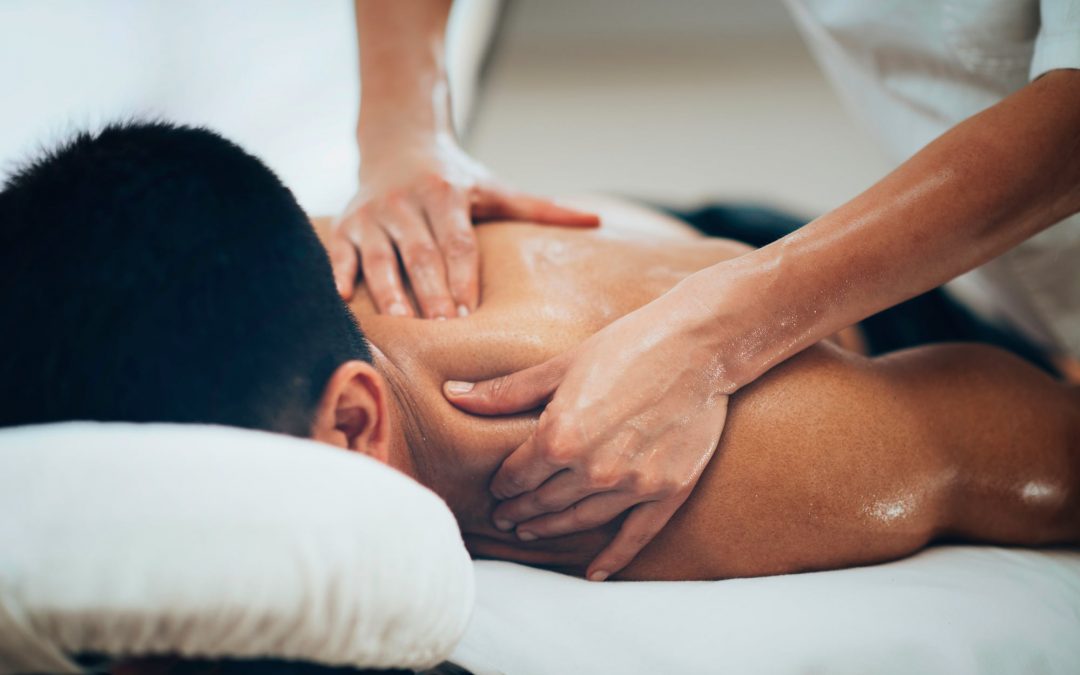
Benefits of Shiatsu Massage
One great massage to try out is a shiatsu massage. But, what is a shiatsu massage? What are the benefits of this type of massage? Check out this guide to discover everything you need to know about the benefits of shiatsu massages.
What is a Shiatsu Massage?
Shiatsu is actually a Japanese word that means “finger pressure”. During your massage, your therapist will use rhythmic, varied pressure on precise points of the body. To apply pressure, they’ll use their fingers, thumbs, and palms, and the exact pressure points will depend on the patient’s needs.
These points are known as acupressure points, and they’re known for playing an important role in the body’s vital energy, known as qi (pronounced: chi). Proponents of this type of massage say that the techniques used can help relieve blockage at acupressure points.
Shiatsu massage is actually a centuries-old practice. It’s said to have been brought to Japan in the 6th century by a Buddhist monk.
What Does a Shiatsu Massage Do?
While shiatsu massages originated in Japan, the techniques used during a massage are actually based on traditional Chinese medicine philosophies.
Chinese medicine philosophy views illness and health problems as an imbalance of the body’s qi life force energy. During a massage session, a therapist will place pressure on the body in order to restore balance. There are also different styles of shiatsu that your massage therapist may implement. These include:
Movement: This technique involves normal shiatsu interchanged with exercises and different movements to help with chronic conditions
Macrobiotic: This is a holistic approach to shiatsu that combines several different multidisciplinary elements
Zen: This is a form of bodywork that primarily focuses on restoring the body’s energies
Namikoshi: This is a traditional Japanese finger pressure massage
Hara: This technique primarily focuses on the abdomen, or center of a person
Healing: This technique focuses on rebalancing energy to achieve healing in the body
Your therapist may incorporate one or more of these techniques into your session.
What Are The benefits?
In addition to being deeply relaxing, shiatsu massage offers many different benefits. Some conditions that this type of massage can help treat include.
- Sprains
- Sciatica
- Joint problems
- Poor posture
- Acute and chronic pain
- Stress
- Sinusitis
- Blood pressure irregularities
- Sleep issues
- Arthritis
- Bronchitis
This type of massage can also boost your immune system and improve your body’s ability to heal. It also stimulates your circulatory system, hormonal system, and lymphatic system. Many patients choose shiatsu massage because it’s a natural and holistic approach to dealing with health problems.
Our Clinic
While we do not offer massage therapy, our office specializes in chiropractic and decompression therapy. If you’re interested in scheduling an appointment for these services, please click the link below. We look forward to helping you achieve optimal health and wellness!

